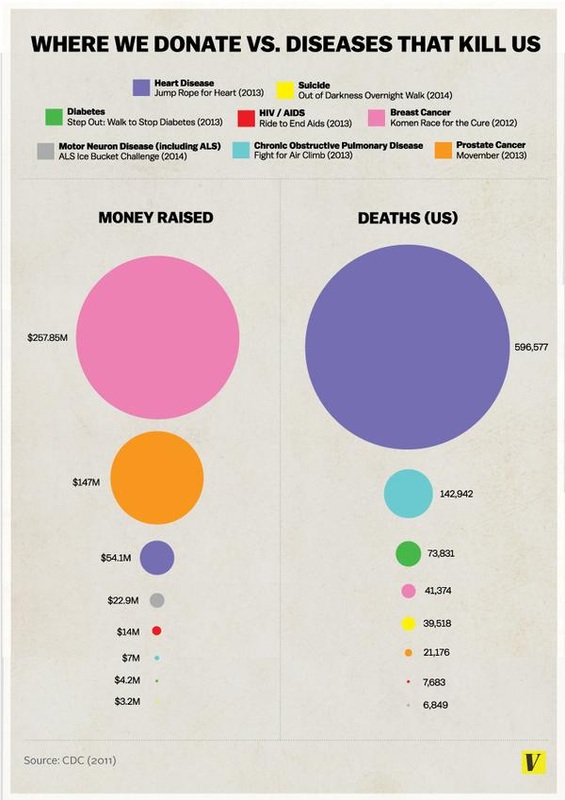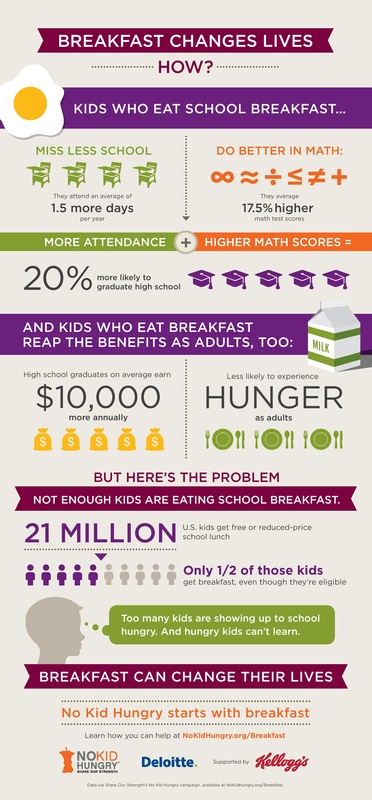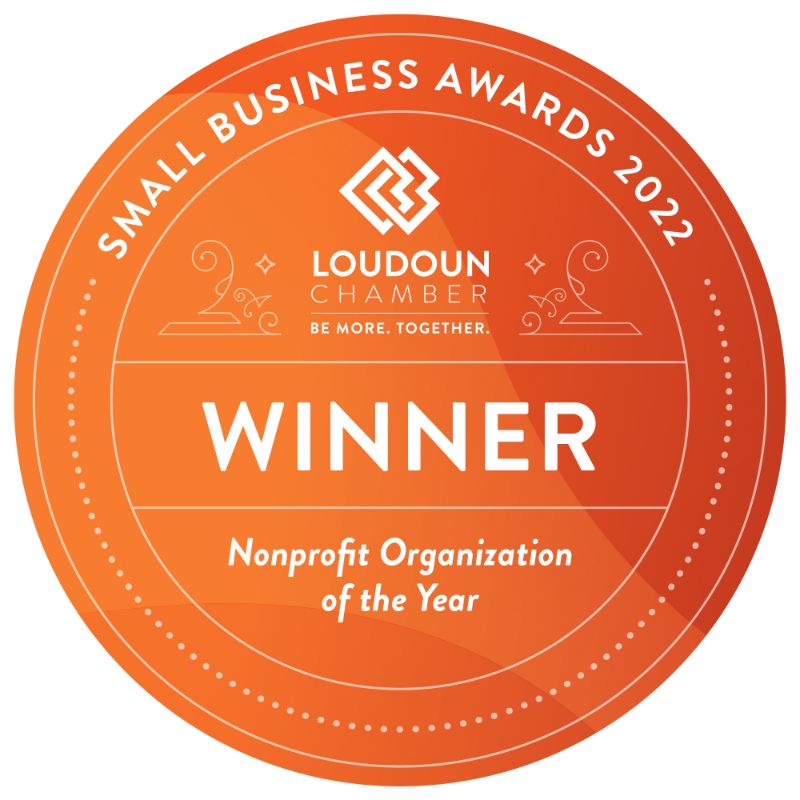GIVING SMART
2017
Giving Circles Create a Sum That is Bigger than the Parts
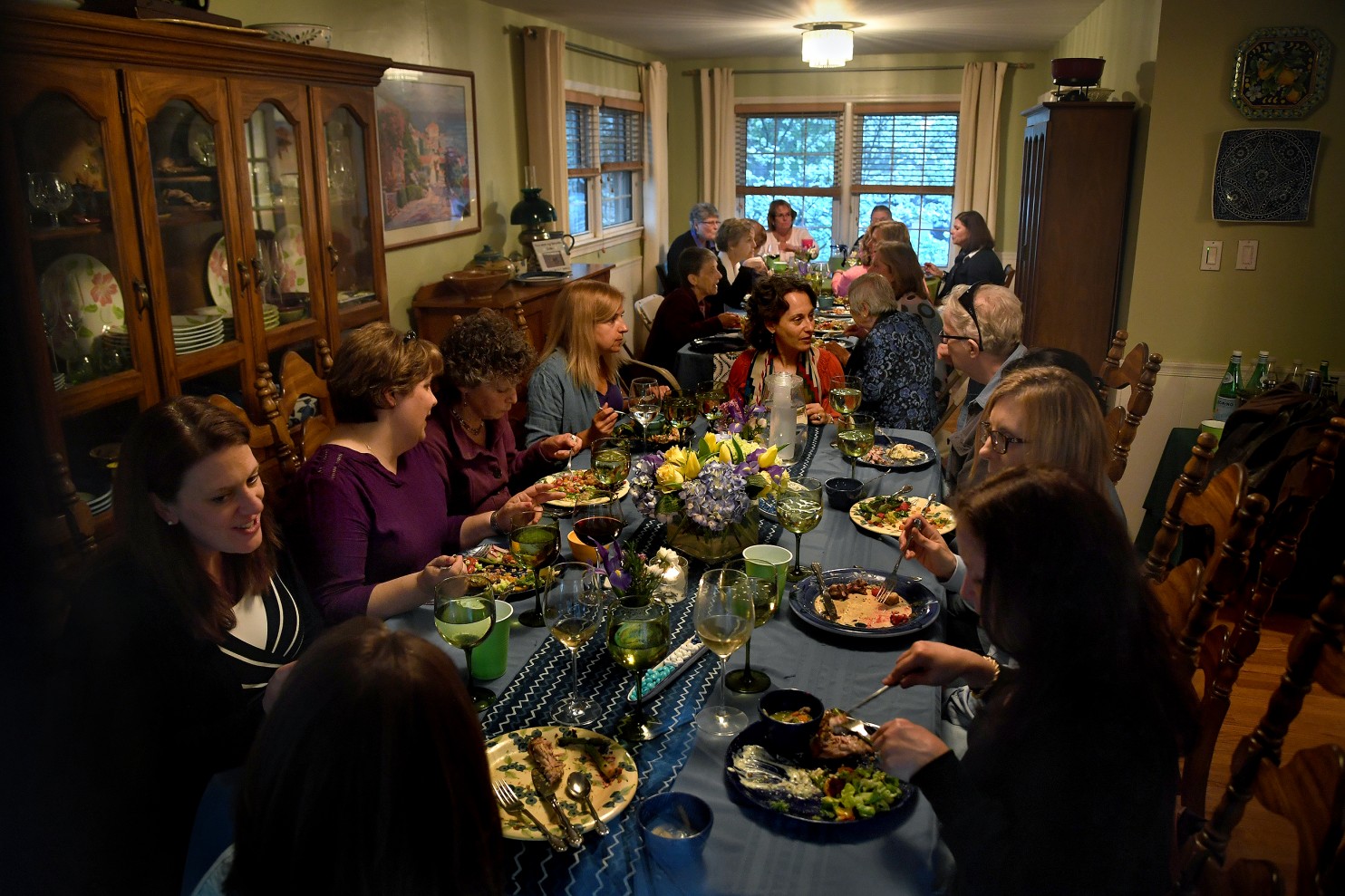
Giving Circles like 100WomenStrong are a form of participatory philanthropy in which groups of individuals donate their own money or time to a pooled fund and decide together which charities or community projects will receive their time or funds. Preliminary results from an upcoming study identify at least 1,300 active giving circles in America, each with their own structure and mission. Some of the larger circles have small chapters or affiliate groups across the nation, taking that number up to more than 1,800, according to a recent news story widely reported across the country. The study also is expected to show that the number of giving circles have doubled in the United States in the past eight years, and that these circles are more likely to make grants to small nonprofit organizations that are often ignored by traditional philanthropy. Read the Washington Post article here.
Robin Hood Restaurant Charges for Breakfast & Lunch to Feed the Needy Dinner for Free
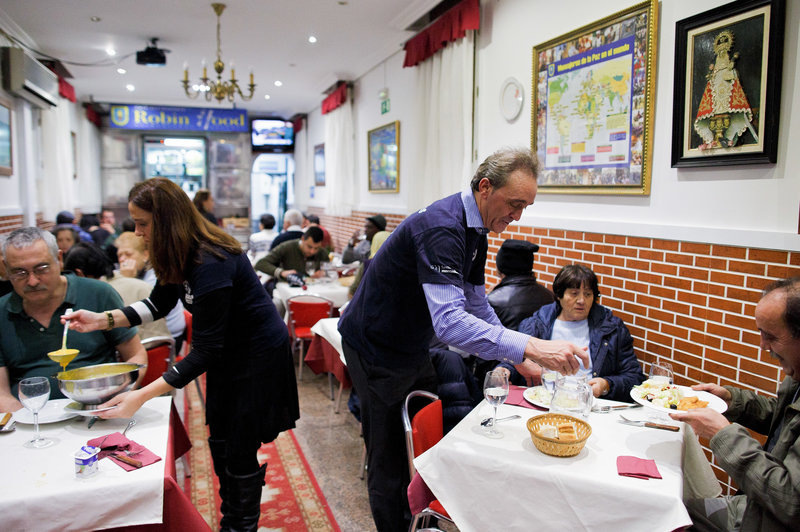
In Madrid, the most sought-after lunch reservation is at the city’s Robin Hood restaurant, at which proceeds from both lunch and breakfast are used to serve dinner to more than 100 homeless people, free of charge, every night. It is so popular that lunches are fully booked for months in advance! In addition to feeling great about helping the dinner guests, who are still suffering from the country’s recent recession and high unemployment rates, those who pay for lunch and breakfast enjoy meals made by celebrity chefs, who contribute their culinary fare once each week. The restaurant was started by a priest, who opened it to give homeless in Madrid the opportunity to “… eat with the same dignity as any other customer and with the same quality, with glasses made of crystal, not plastic, and in an atmosphere of friendship and conversation.” Read the full article here.
2016
Youth Sports Offer Multiple Benefits, But Many Kids Can’t Afford to Play. Learn How a Gaithersburg, MD, Volunteer Coach is Leveling the Playing Field
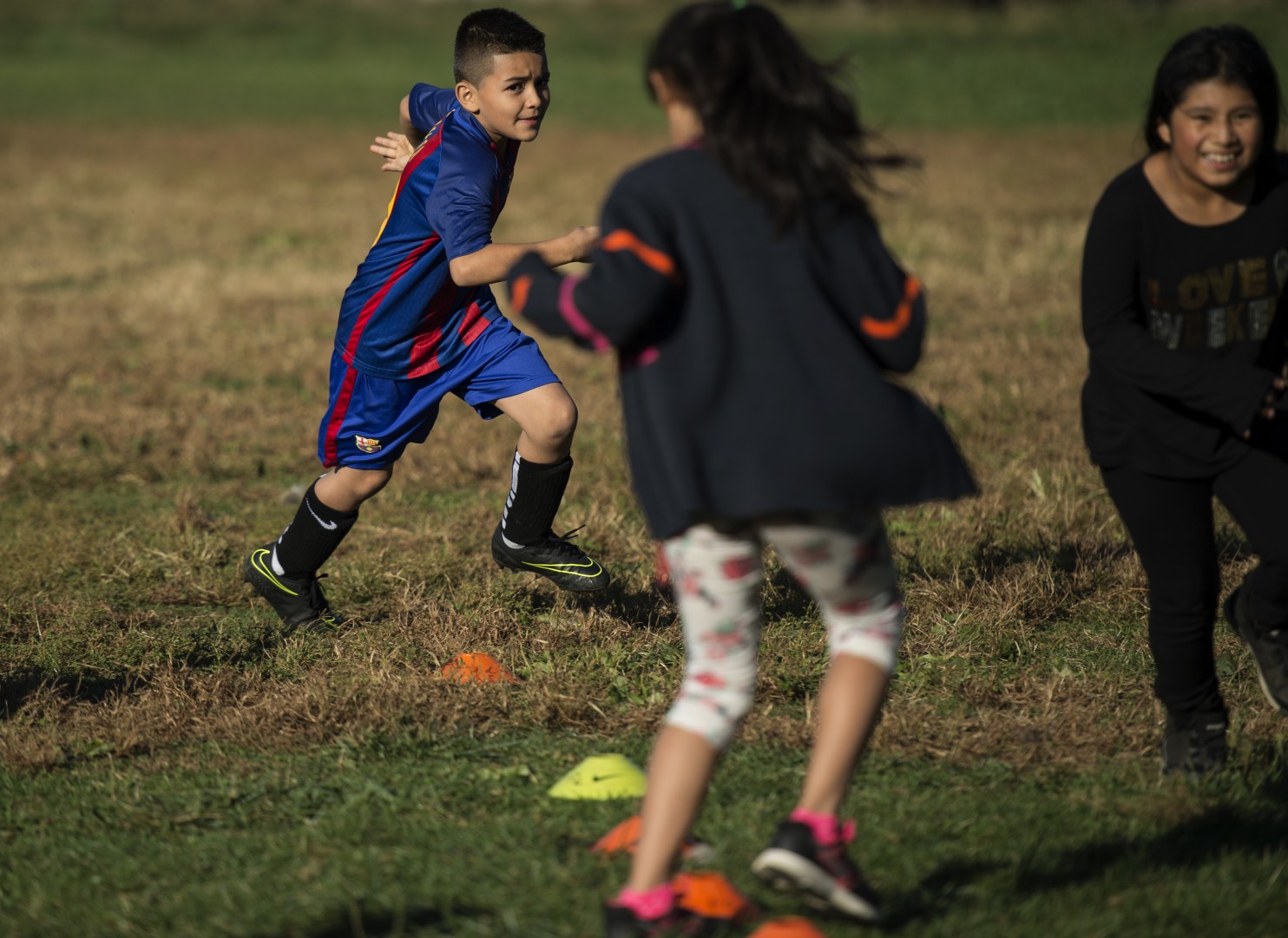
Research shows that participation in youth sports improves physical and mental health and lowers crime and teen pregnancy rates. However, increasing prices are keeping lower income children from participating in some leagues. To solve that problem for kids in Gaithersburg, Maryland, a volunteer baseball convinced Gaithersburg officials to amend their fee-waiver process by eliminating forms and creating a simple checkbox to request waiver of fees. The result? Participation by children who attend high-poverty schools shot up increased almost 80 percent. Read the full article here.
Exploring the “Why?” of Nonprofit Collaboration
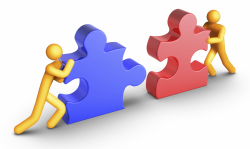
In theory, two or more nonprofits working together to achieve common goals is a good thing, right? In practice, it can be much more complicated. Collaborative partnerships can produce an array of benefits, but they also take enormous effort. Senior Research Manager of La Piana Consulting, Melissa Mendes Campos asks the question “Why Collaborate?” in her blog on Philanthropy News Digest. The author explains what collaboration means and outlines how alliances and strategic restructuring fit into the mix. “Knowing why you want to pursue a partnership is critical not only in terms of guiding you to the right what and how, but also for ensuring that the effort is worth everyone’s while.” Read the full article here.
Whirlpool Helps Clean up Chronic Absenteeism at 17 Schools in Missouri & California
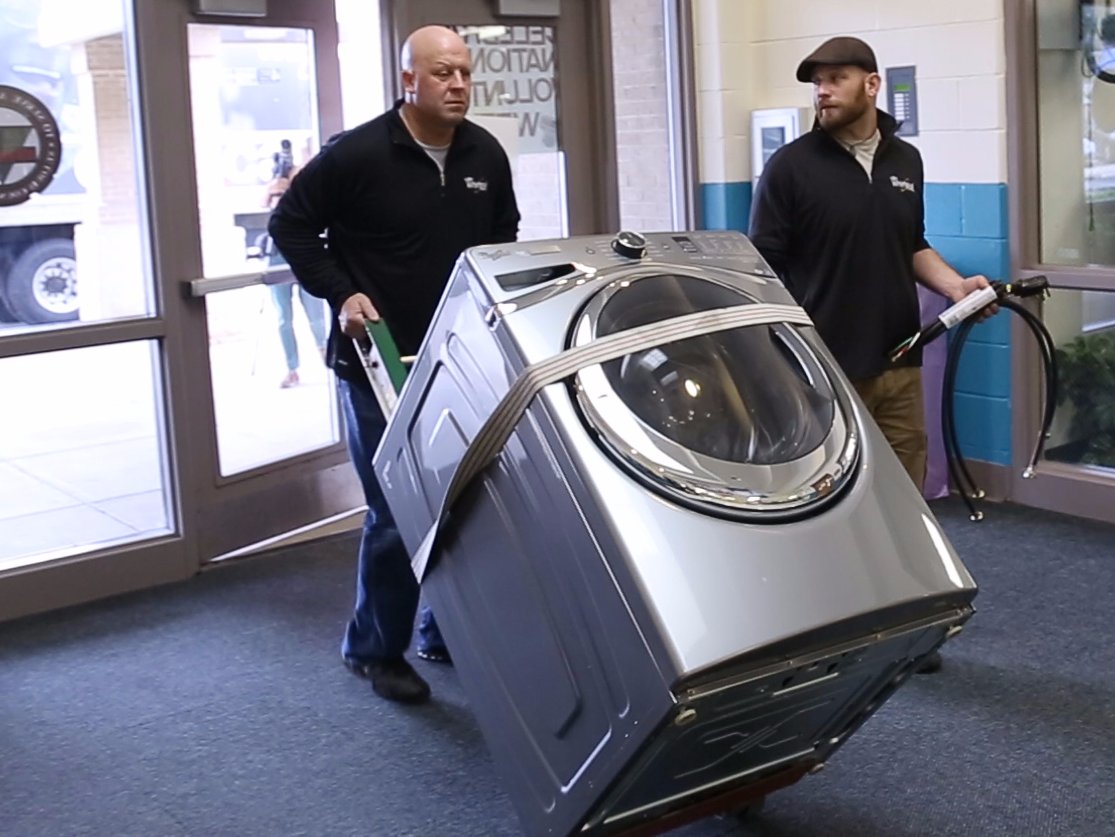
Millions of American children miss at least 15 days of school a year because of sickness, lack of interest, family responsibilities or even drug abuse. But there’s another reason – cleanliness. When kids don’t have clean clothes, they are often too embarrassed to attend school. Whirlpool helped lower chronic absenteeism by donating washers and dryers to 17 schools in two school districts in St. Louis, MO, and Fairfield, CA, through its Care Counts program. Students brought in any laundry they could fit into a single bag as often they needed, and parents or teachers washed & dried the clothes for them for free.
The result for those who used the service?
- More than 90% of students attended more oftenthan they did before the program began
- More than 89% of students participated more in class,
- 95% interacted with their peers more, and
- Almost all of them were reported as being more motivated.
Maybe it’s time for washers & dryers in some of our Loudoun County Public Schools? Read the full article here.
Record Fundraising Achieved In Drive For Charity
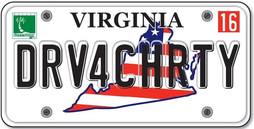
Traffic can be annoying, but during this year’s Dulles Greenway Drive for Charity held earlier this month, it proved very rewarding for some local charities and LCPS scholarship winners. The event raised a record $331,000 for six Loudoun charitable organizations, including 100WS grant recipients Loudoun Abused Women’s Shelter (LAWS) and Loudoun Free Clinic. Thank you Loudoun County drivers for your generosity!
Middle Schoolers’ Innovation Helps Food Pantries
Three Loudoun County middle schoolers have come up with a way to raise as much as $500,000 for local food pantries through donations as small as a dime or two from the students who buy lunch at school. Food pantries rely on unpredictable cash and food donations, but these youngsters, who started the project as part of a lesson on the Great Depression, “did the math” and found that if students made regular 10-cent donations, the impact would be tremendous. Read more here.
Fun Approach To Giving Back

Rebecca Pontius of Los Angeles wanted to “do good” but found it difficult to navigate the myriad choices available, especially in a large metro area. She decided to convert an old school bus to take volunteers on 5-hour mystery service projects for “altruistic adventures”. Read more here.
Collaboration In Philanthropy
The Top Five Most Promising Trends in Philanthropy include addressing the root causes of social problems, sharing of data/best practices and collaborative philanthropy. Fortunately, many in this sector are beginning to move toward working together more regularly, including Loudoun County charities. Read the full article here.
Feeding Hungry Students Through The Storm

Area schools have taken extra steps to ensure that hungry students have something to eat even though schools are closed. LCPS schools distributed extra food to students who receive free or reduced lunches and other assistance ahead of the blizzard that hit our area on Friday…read more.
Removing Barriers To Education
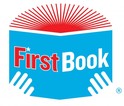
First Book, founded in DC over 20 years ago, is a nonprofit that combines the marketplace and philanthropy to get new books into the hands of poor children. The nonprofit operates an online book bank, which collects donated books from publishers and gives them away. It has grown into a national enterprise that gave away more than 15 million new books to low-income children and teens in 2015. More than 215,000 teachers, libraries, health clinics, after-school programs, shelters, faith-based groups and others have “shopped” for kids on First Book. The organization recently expanded its offerings to include other heavily discounted items such as food, clothing and school supplies. Any program is eligible to register with First Book if at least 70 percent of the children served come from low-income families.
2015
The Bread Lady Brings Smiles And Nourishment
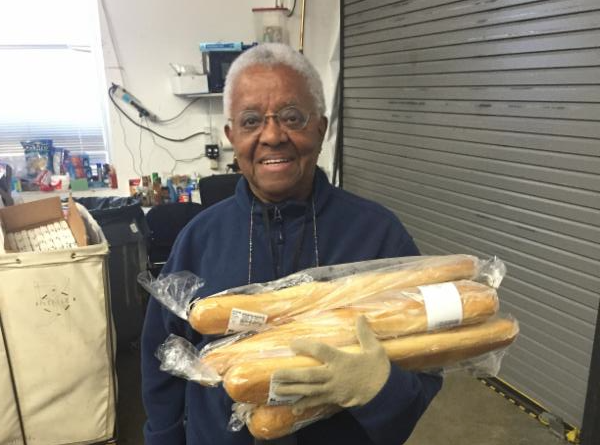
The Bread Lady is a dedicated volunteer who knows how to reduce waste and help the hungry at the same time. As a supporter of 100WS grantee Loudoun Interfaith Relief (LIR), Vera Lewis gathers day-old bread from Food Lion and delivers it to her fellow residents at Madison House in Leesburg—and the rest to the food pantry. Along with the bread, which Vera knew the store would throw away, she brings a smile to the other volunteers at LIR.
Creating Homes For Vets
Virginia is the first in the nation to end homelessness for veterans. How did the state, which has the 7th largest veteran population in the country, achieve this benchmark? By using the Housing-First model, a policy that provides homeless people with safe, supportive shelter as a prerequisite for attending to other underlying issues. In the past year, Virginia has provided permanent housing to more than 1,400 homeless veterans. The benchmark also means that the state has the resources to take in any veterans who want housing in the future within 90 days. Housing-First is proving to be a cost efficient and humane way to end homelessness. Do you think it would make sense to extend this policy to nonveteran homeless people with the same focus in coming years?
A “Fine” Way To Reduce Hunger

A “Food for Fines” program is an innovative way to help hungry families in Lexington, Kentucky. For every 10 cans of food donated, $15 is taken off of parking tickets, and violators can donate to reduce multiple tickets and even past-due tickets. The city collected more than 6,200 cans last year, so it is expanding the program in an effort to support more area families.
Area Students Challenged To ‘Step Up’ To Help Loudoun County Resolve Issues

Tapping in to the creativity of Loudoun County middle and high school students, the 6th Annual Step Up Loudoun competition will award up to $2,500 in cash prizes for plans that identify an issue facing county residents and offer a plan of action to resolve it. Written proposals are due on December 18. For more information, visit www.steuploudoun.org or email Marianne Moore at mmoore@loudounyouth.org.
Area Students Challenged to ‘Step Up’ to Help Loudoun County Resolve IssuesArea
Redesigned Virginia School Aims To Help Kids Lose Weight
To combat childhood obesity, a school in rural Buckingham, VA, worked with architects to make the entire school more conducive to a healthy lifestyle. From school gardens, to a commercial kitchen allowing students to watch as their lunch is made, food labs and other innovative techniques, they are teaching healthy eating along with the core curriculum. Read the full article.
To Learn What The Poor Need, Just Ask
Neighborhood Centers of Houston, TX, has succeeded in helping poor neighborhoods because they “go where they are invited and do what we’re asked to do.” Instead of seeing the disadvantaged as the “problem,” they see them as the asset and source of solutions. Learn how Neighborhood Centers puts people first and helps them move up the ladder and out of poverty.
Innovative Ideas — Affordable Housing In Our Region
In May, Washington Regional Association of Grantmakers (WRAG) and Enterprise Community Partners collaborated on an innovative new funding pool they are establishing for developers of affordable housing units. In their presentation to the Federal City Council, they said it will provide developers with access to low-interest bridge loans and will provide updates soon. Read more here.
Teachers In Industry Project Brings Real Life Into School
20 teachers from NoVA schools recently shadowed professionals in fields including agriculture, medicine, and transportation as part of the Teachers in Industry Project, run by GWU. The program helps to better equip students to prepare for life after high school. Read the full article here.
No Kid Hungry Donations Matched Dollar For Dollar By Arby’s Foundation
Many kids who rely on school meals struggle to get enough to eat during the summer months. Arby’s Foundation, a core partner of No Kid Hungry, will match your donations dollar for dollar up to $150,000 this summer, doubling your impact to help feed hungry kids. Learn more about the program, which is part of Share our Strength by clicking here.
Eliminate The Choice Between Food Or Medicine
66 percent of food insecure households that received food from Feeding America’s network of food banks must decide whether to purchase food or their medicine because they simply can’t afford both. How can we ensure that people get both the food and medicine they need? Read more.
Speak Up Magazine: Giving A Voice To Charlotte’s Homeless
An organization in Charlotte is trying to help the homeless in a different way. Speak Up Magazine is a group that gives people living on the streets not just a job, but a chance to tell their story. Read more.
New Study Finds Unexpected Source Of Giving: Young Women
Conventional wisdom says young Americans are not as generous as older generations, particularly if they’re not religious. That may hold true for most donors, says a new report, but younger women appear to be bucking the trend. Millennial and Generation X women who are single and unaffiliated with a religion give two-and-a-half times more money to charity than their older, similarly secular counterparts, according to the report, which looked exclusively at unmarried donors. Their giving also doubles that of peers who have loose ties to a religion. Read more.
2014
Double Bucks
In order to incentivize food stamp recipients to purchase healthier foods, the federal government passed the farm bill earlier this year to put $100 million into doubling the value of SNAP benefits when people use them to buy local fruits and vegetables. The idea has spread across the country and is expanding rapidly. When can we see these extra SNAP benefits in our grocery stores? Read more.
Donors Choose
A site for teachers to directly raise money to fund projects in their classrooms. Teachers can post projects (a request for technology, supplies, books, etc.) that need funding and people can directly give (by-passing the need for approval from school administrators or other gatekeepers). The site has been around since 2000 and has raised $286 million for 210,000+ teachers’ projects around the country. Donors can plug in local zip codes to see what is needed in their respective area(s). Read more.
How To Donate Food?
How do you donate food so it doesn’t go to waste? Have a look at the suggestions from someone who’s been there. For a quick rundown: Don’t give outlandish things; do give no-cook foods; leave food in the original packaging; think simple; label special dietary needs, make it easy to open, and ask what’s needed! Read more.
Factors For Success In Philanthropy’s Work With Cities
Public-private partnerships may just hold the key to alleviate poverty in America’s cities. Living Cities, a New York-Washington based organization, seeks to improve the economic wellbeing of low-income people. In a recent blog post on their website, Ronda Jackson recounts some insights from a roundtable discussion. So how can philanthropies successfully work with cities? Read more.
Give Millions While You’re Young: A Plea To The Wealthy
Wealthy people often wait until middle age or even retirement to begin thinking in earnest about giving. Of course, this is sometimes necessary—it often takes time to earn wealth before one can consider investing it in worthy causes. But age should not be the determining factor, and philanthropy, no matter when one starts, will yield successes and failures that offer lessons for one’s future giving. Effective philanthropy is not an easy undertaking, and postponing one’s engagement can mean postponing effective giving. Read more.
Leaders Discuss The Rationale For High Performance
“If you care about the result, if you care about what happens to kids, if you care about solving problems, that means you have to care about evidence and data.” Read more.
Investing In The World
Corporate responsibility is no longer about how you give money away; it’s about the way you make money – about the culture and the values that inform your operating practices. Social impact investing enables investors to align their investment strategies with their values. Those values can range from supporting healthy environments, sustaining communities or promoting diverse workforces and humane working environments. Unlike traditional financial investments, the returns in impact investing aren’t measured solely in dollars. They are measured by changes in social or environmental policies and outcomes. While the degree of change can be difficult to measure, there are signs that the increasing flows of investment dollars into impact investing are indeed making a difference. Read more.
Are community foundations changing enough?
July 14, 2014
Community foundations today operate in an environment that is very different from the one in which their current systems and approaches were developed. Their ability to adapt to a rapidly changing context will have serious implications for all of philanthropy. Foundation staff members work as community organizers to train and mentor residents, foster relationships, conduct research, and work with policy makers on local and regional issues. But is it enough? Read more.
Nonprofit Collaboration Database
Search the Nonprofit Collaboration Database to find real-world examples of how nonprofits are working together. Explore different collaboration models, what prompted organizations to collaborate, challenges encountered, and the outcomes experienced by partner agencies and the community. Read more.
PerformWell
PerformWell is a collaborative effort initiated by Urban Institute, Child Trends, and Social Solutions. PerformWell provides measurement tools and practical knowledge that human services professionals can use to manage their programs’ day-to-day performance. Information in PerformWell leverages research-based findings that have been synthesized and simplified by experts in the field. By providing information and tools to measure program quality and outcomes, PerformWell helps human services practitioners deliver more effective social programs. Read more.
Do More Than Give
More than $300 billion in the U.S. alone is donated annually to nonprofits, and the number of private foundations has doubled in the last two decades as community foundation numbers have tripled. But experts question whether the billions backed by good intentions have made the most possible difference or effectively solved problems. If donors want to achieve more, they need to do more than give. Do More Than Give, a highly regarded book authored by Leslie Crutchfield, is about how high-impact donors catalyze change in the world. Read more.
Fundraising Questions Answered
The Chronicle of Philanthropy enlisted several experts to set up a great list of answers to fundraising questions. Pose your own question or browse through previous advice. Read more.
An Argument For Radically Rethinking Your Charitable Donations
When is it a good idea to donate money to a for-profit organization? When that organization is leading the way to innovation, so says Google CEO, Larry Page. Ultimately, he thinks that one of the best ways to improve the human experience for future generations is by investing in the elite innovators who will leave the largest positive impact on humankind. What do you think? Read more.
Was Carnegie Right About Philanthropy?
Does philanthropy by the most affluent among us make up for the negative consequences of inequality? At the center of this debate is how to quantify the positive impact of philanthropy by the world’s wealthiest people on the world’s poorest, along with the negative impact of inequality—both tasks that are difficult, and perhaps impossible. Read more.

